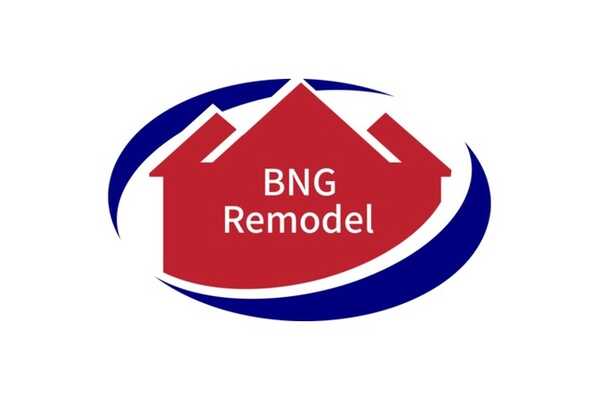When Remodeling a Bathroom, What Comes First?
In remodeling a bathroom, the first essential step is meticulous planning and innovative design. This phase involves evaluating the current layout, establishing a clear budget, and collaborating with professionals to streamline the project. Following this comes the demolition and removal stage, where old structures are dismantled precisely, making way for new design elements. The subsequent phases involve plumbing and electrical work, ensuring safe and functional systems.
Finally, the installation and finishing touches complete the transformation, focusing on precision, detail, and adding personal aesthetic touches. Each step contributes to a successful renovation journey.
Planning and Design In the intricate bathroom remodeling process, meticulous planning and innovative design are the cornerstone elements that lay the foundation for a successful renovation project. The initial step in this phase involves evaluating the current layout and functionality of the bathroom. By carefully analyzing the existing space, homeowners can identify areas for improvement and envision the potential for transformation. This is where creativity plays a vital role, as innovative design concepts are drafted to maximize space utilization and enhance aesthetic appeal.
During the planning stage, it is essential to establish a clear budget and timeline for the project. Setting realistic financial boundaries guarantees that the renovation stays on track and within the homeowner’s means. Additionally, a well-defined timeline helps coordinate different aspects of the remodeling process, from selecting materials to hiring contractors.
Collaboration with experienced professionals, such as interior designers and contractors, can provide valuable insights and expertise to streamline the planning and design phase. Their input can help translate ideas into actionable plans, ensuring that the vision for the remodeled bathroom is realized effectively and efficiently.
Demolition and Removal Commencing the transformation process, the meticulous phase of demolition and removal is essential in preparing the space for the upcoming enhancements in the bathroom remodeling project. Demolition involves carefully dismantling existing structures such as old tiles, cabinets, fixtures, and walls. This process requires precision to avoid damaging any surrounding areas that will remain intact. It is vital to have a systematic approach to demolition to guarantee a smooth progression to the following stages of the remodeling project.
During demolition, special attention should be paid to plumbing and electrical components to prevent mishaps. Proper disposal of debris is also a vital aspect of this phase. Removing the old materials efficiently will pave the way for a clean slate to work on, allowing for a fresh start in the remodeling process.
Demolition sets the stage for the new design elements to take shape. It marks the end of an era for the old bathroom and signals the beginning of a revitalized space that aligns with the homeowner’s vision for their updated bathroom.
Plumbing and Electrical Work As the meticulous phase of demolition and removal concludes, the focus now shifts towards the intricate tasks of plumbing and electrical work in the bathroom remodeling project. These elements are the backbone of a functional and efficient bathroom. When it comes to plumbing, it is essential to ensure all pipes, fixtures, and fittings are installed correctly to prevent any leaks or water damage in the future. This stage may involve rerouting pipes, installing new fixtures such as sinks, toilets, showers, or bathtubs, and connecting everything to the main water supply.
Similarly, the electrical work in a bathroom remodel is essential for functionality and safety. This includes installing proper lighting, outlets, and switches and potentially incorporating features like heated floors or towel racks. Hiring a licensed electrician to handle this aspect of the project is necessary to ensure compliance with building codes and safety standards.
Both plumbing and electrical work require careful planning and precision to ensure that the final result is aesthetically pleasing, fully functional, and safe for everyday use.
Installation and Finishing Touches Once the plumbing and electrical systems are in place, the focus shifts to the meticulous installation of fixtures and the delicate finishing touches that will bring the bathroom remodel to life. Installing fixtures such as the sink, toilet, shower, and bathtub requires precision and attention to detail to guarantee proper functionality. Each piece must be carefully positioned, leveled, and secured to prevent leaks or malfunctions.
After the fixtures are in place, it’s time for the finishing touches that will enhance the bathroom’s aesthetic appeal. This includes installing mirrors, towel racks, shelves, and other accessories that complement the overall design. Choosing the right hardware, such as faucets and drawer pulls, can add a touch of elegance and unity to the space.
Once all the fixtures and accessories are installed, the final step is to add personal touches like artwork, plants, or decorative elements that reflect the homeowner’s style. These finishing touches can transform a basic bathroom remodel into a luxurious retreat that is both functional and visually appealing.
Other Bathroom Remodeling Tips:
The post When Remodeling a Bathroom, What Comes First? appeared first on BNG Home .











